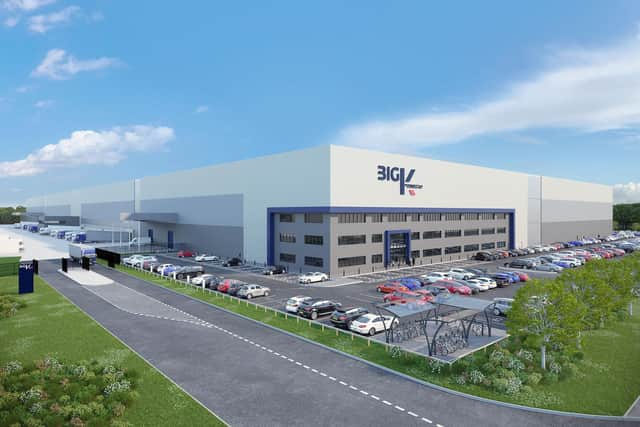Selby Council 'welcomes investment and development at Konect 62' at former Kellingley Colliery near Knottingley
and live on Freeview channel 276
Councillor Mark Crane has praised the project for bringing investment and development to the former Kellingley Colliery site on the West Yorkshire/North Yorkshire boundary .
Coun Crane added: “Konect 62 is a great opportunity for our district, and businesses located there will be able to benefit from the site being at the heart of Yorkshire with easy links to national roads such as the M62 and A1(M), as well as connections to the UK rail networks, a number of seaports and the main UK air freight hubs.
Advertisement
Hide AdAdvertisement
Hide Ad"We welcome investment and development at Konect 62 and the increase in job opportunities this will bring to our district.


"With a skilled local workforce, we know this new space will appeal to a range of different businesses."
Known affectionately as the ‘Big K’, Kellingley Colliery was once Europe’s largest deep coal mine and sat on tens of millions of tonnes of reserves.
The pit shut its doors for good in 2015 after 50 years of operation.
Advertisement
Hide AdAdvertisement
Hide AdAt its peak, Kellingley employed 2,000 workers and produced a whopping 350,000 tonnes of coal on a good day.


The coal mined at Kellingley was primarily supplied to Drax power station in Selby – the UK’s biggest coal-fired power station that generated around 7 per cent of the UK’s electricity at the time of the mine’s closure.
It also supplied Ferrybridge power station around three miles away and produced coal to be used inside homes.